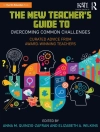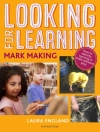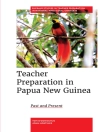Traditionally viewed as an abstraction, the quantitative nature of money is essential in evaluating the relationship between monetary systems and society. Money Counts moves beyond abstraction, exploring the conceptual diversity and everyday enactment of money’s quantity. Drawing from case studies including British jewelers, blood-money payments in Germanic law codes, and the quotidian use of money in cosmopolitical Moscow, a Western Kenyan village, and socialist Havana, the chapters in this volume offer new theoretical and empirical interpretations of money’s quantitative nature as it relates to abstraction, sociality, materiality, freedom, and morality.
Daftar Isi
Introduction: The Quality of Quantity: Monetary Amounts and Their Materialities
Sandy Ross, Mario Schmidt, and Ville Koskinen
Chapter 1. Is Gold Jewelry Money?
Peter Oakley
Chapter 2. Injury and Measurement: Jacob Grimm on Blood Money and Concrete Quantification
Anna Echterhölter
Chapter 3. Five Thousand, 5, 00, and Five Thousands: Disentangling Ruble Quantities and Qualities
Sandy Ross
Chapter 4. “Money is Life:” Quantity, Social Freedom, and Combinatory Practices in Western Kenya
Mario Schmidt
Chapter 5. Money and Morality of Commensuration: Currencies of Poverty in Post-Soviet Cuba
Martin Holbraad
Chapter 6. ‘Money on the Street’ as a Hoard: How Informal Moneylenders Remain Unbanked
Martin Fotta
Chapter 7. What is Money? A Definition Beyond Materiality and Quantity
Emanuel Seitz
Afterword
Nigel Dodd
Tentang Penulis
Sandy Ross has been a Senior Lecturer at Leeds Beckett University, and a Sociology Fellow at the Higher School of Economics. With Chris Swader, she is editing a forthcoming issue on post-socialist moral economies for the Journal of Consumer Culture, and her newest book, Weapons of the Geek: Moral Economies in the 21st Century, will be published in 2020 by Palgrave.












